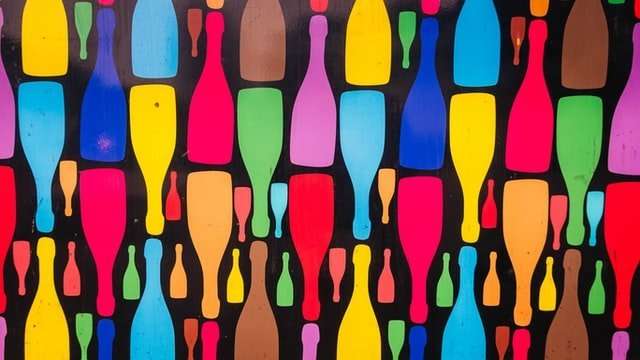I’m going to show you an easy way to make your bad drawings look good and we’ll also talk about the three biggest mistakes I see artists make with their illustrations.
I was about to quit my job and become an illustrator, but I knew it would take a while to get good at drawing. I looked for ways to make my art look better than it was so I could get work faster. And it worked.
This is when I learned a really important lesson: if you’re struggling to get art commissions or build an audience for your art, it’s not because your art is bad, it’s because you need better presentation.
Presentation is the number one key to getting art commissions in my experience, but it’s also one of the major keys to growing your following, and getting financial support as an artist.
There was a group of illustrators in the 1940s that formed what’s known as the institute of visual arts and there was a group called the realistic drawing committee this is kind of an interesting thing because at that time they were making fun of impressionist. The Famous Artists School was founded by artists like Norman Rockwell, Al Parker, Robert Fawcett, and John Whitcomb. These guys were legends and they wanted to teach the next generation of illustrators. This is like if the Avengers opened up.
The quickest way to improve your drawings is to learn about the underlying structure that makes them look the way they do. If you’re trying too hard to draw each individual finger, it will be difficult to convey the arm as a single object.
You should understand how to build a human figure out of basic three-dimensional objects. These include, but are not limited to, spheres, cylinders, cubes, and cones. Once you have this knowledge, you can draw an accurate human figure!
Perspective is a point of view like what you’re talking about. If you want to draw something in perspective, you need to think of it from different points of view. With digital art, there’s no excuse;
Now, the second point I want to make is that you should try to keep your artwork as simple as possible. you’re making your drawings too busy by using too many gradients and textures. And I still do that. You should pick up on how to simplify your drawings.
I tell my friends, “You’re not a professional painter, but you can be a professional illustrator. If you want to do digital painting and have that style, definitely do that. Just keep practicing and honing that ability for yourself.”
You should aim to make your art (especially your line art and simple shading) simple enough that anyone can instantly recognize its quality.
You need to master the basics before you start adding details, especially digital artists who add too many details, gradients, shadow and lighting – render their drawings to death. Once you’ve mastered that skill, you shouldn’t show that off to people because it will make them think that you’re not a very good artist. For line work and cell shading, it’s possible to go too detailed.
Here are a few tips that will improve your line work. First, the fewer lines you use to communicate what someone is looking at, the better. You want to think “line economy.” That is, use as few lines as possible to communicate what someone is looking at. For example, if you only need two or three wrinkles on a sleeve, don’t add a thousand.
When you’re drawing a piece of fabric, consider the thickness of your lines. The thickness and thinness of your lines depends on how far away something is. Consider the relative sizes of nearby objects that you draw with thicker lines and thinner lines for objects that are farther away.
Draw the outlines of the characters or different elements in a scene to make them look more distant. In addition, things that are small or further away can have fewer details.
The more detail you put into a drawing, the more opportunities you will have to make a mistake. The less detail you have on a character, the more likely it is that viewers will immerse themselves in the world of your story. If you’re going to be designing a character that’s going to be used over and over again in a variety of different settings, it’s going to be important to pick colors that work well with all of those settings.
Color is a fun thing to talk about because everyone has different opinions about it.
If your line art is not perfect, you can fix it with solid colors that have a clean look to them. One way to do this is by using references of other images that have a similar color scheme as the one you’re going for. If you apply color correctly, it will make even the worst drawings look good.
I’m a self-taught artist. When I started using photos as reference for my art, I soon realized that these photos had colors that didn’t fit my overall concept. So I started using color picker tools to extract colors from reference images.
You can’t always pick the perfect color palette for your illustration. It’s easiest to use other, similar illustrations as inspiration and then experiment with what will work best.
You can use reference to improve your drawings. If you’re not sure how to draw the hands and fingers, look at pictures of hands and fingers. Similarly, If you’re a beginner artist and don’t know how to make good colors for a sunset, get some photos of sunset.
Are you ready to join the thousands of artists who have been able to quit their day jobs and make a living from their art?



